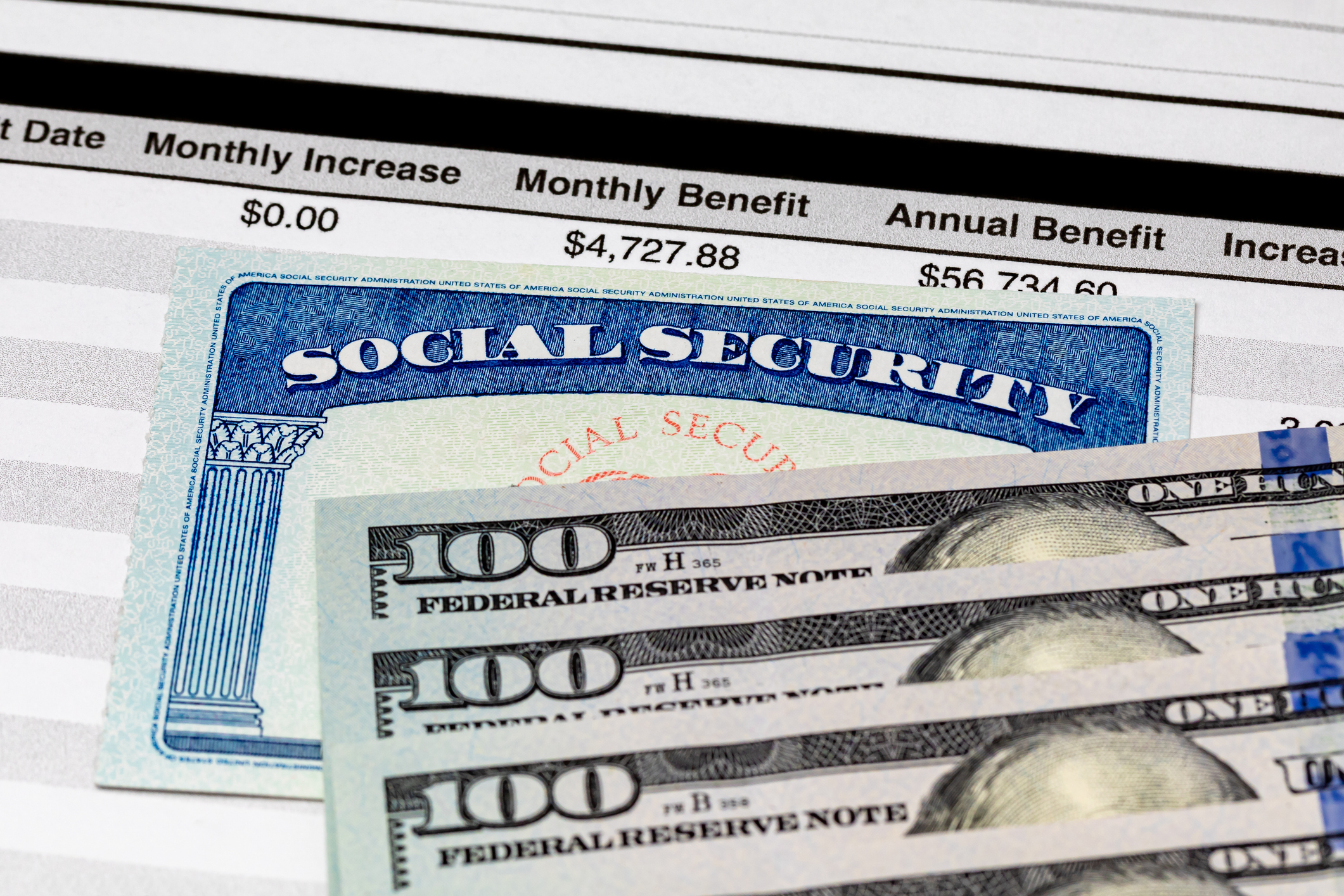Asian stocks slipped Monday in response to a lukewarm reception to China's $839 billion stimulus package.
The package, which was approved Friday, was designed to alleviate local government debt but fell short of investor expectations for more substantial economic support.
Hong Kong's Hang Seng Index dropped 1.5 percent to 20,426.93, while the Shanghai Composite Index managed a small rebound after early losses, ending the day 0.5 percent higher at 3,470.07.
Japan's benchmark Nikkei 225 index wavered between gains and losses, ultimately closing slightly higher at 39,533.32.

South Korea's Kospi fell by 1.2 percent to 2,531.66, and Australia's S & P/ASX 200 dipped 0.4 percent to close at 8,266.20.
European Markets Opened Higher
In Europe, the markets opened higher.
Germany's DAX climbed 1.2 percent to 19,440.95 in early trading, while France's CAC 40 rose 1.1 percent to 7,418.83.
The UK's FTSE 100 also advanced, adding 0.7 percent to reach 8,129.57.
Futures for the S & P 500 were up 0.3 percent, while those for the Dow Jones Industrial Average gained 0.2 percent, suggesting a continuation of the previous week's positive momentum.
What is China's Stimulus Plan?
The stimulus plan, amounting to roughly six trillion yuan, is focused on helping local governments refinance their considerable debt.
Investors had hoped for more aggressive measures aimed at jump-starting economic activity in China.
"It's not exactly the growth rocket many had hoped for," said Stephen Innes of SPI Asset Management.
"While it's a substantial number, the stimulus is less about jump-starting economic growth and more about plugging holes in a struggling local government system."
The latest inflation report in China showed a year-on-year increase of 0.3 percent in October, according to the National Bureau of Statistics.
This marks a decline from September's 0.4 percent rise, and puts inflation at its lowest level in four months.
US Markets Closed High
U.S. markets ended last week on a high, with the S & P 500 adding 0.4 percent to 5,995.54 on Friday, marking its best weekly gain since early November 2023 and briefly breaking the 6,000 level.
The Dow Jones Industrial Average climbed 0.6 percent to 43,988.99, while the tech-heavy Nasdaq rose 0.1 percent to 19,286.78.
The bond market saw a modest easing in Treasury yields, with the 10-year Treasury slipping to 4.30 percent from Thursday's 4.33 percent.
Political factors are also affecting U.S. market sentiment.
President-elect Donald Trump has signaled potential tariffs and other inflationary policies, which may have contributed to higher yields while traders adjust their expectations for future Federal Reserve rate cuts.
Lower interest rates typically benefit the economy by stimulating spending but also have the potential to drive inflation.
In the energy market, U.S. benchmark crude oil fell slightly by 8 cents to $70.30 per barrel in electronic trading on the New York Mercantile Exchange.
Meanwhile, Brent crude, the international standard, decreased by 20 cents to $74.07 per barrel.
Currency markets showed the dollar strengthening against the yen, climbing to 153.79 yen from 152.62, while the euro slipped to $1.0684 from $1.0723.
This article includes reporting from The Associated Press

















:quality(85):upscale()/2024/04/24/878/n/3019466/36c5693c662965c5d1ce91.72473705_.jpg)


 English (US) ·
English (US) ·